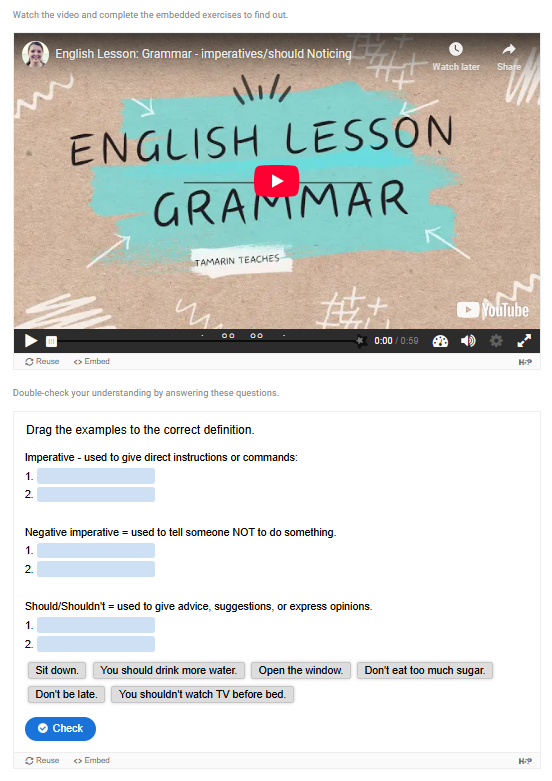Level: Pre-intermediate
Length: 45 minutes
Main aim: By the end of the lesson, students will have listened for gist and specific information in the context of spending money.
Subsidiary aim: Students will be better able to talk fluently about spending money.
Setting: Online
After building some confidence in TP1, I was assigned another receptive skill for TP2 – listening skills. For both TP1 and TP2, we were being taught not only how to teach receptive skills, but also how to effectively manage our classroom.
My second lesson focused on spending money, with the main aim that students would listen for gist and specific information as well as improve their ability to speak fluently about saving and borrowing habits. I dove into planning this second lesson armed with the feedback received from my tutor and my fellow trainee teachers.
- Engaging start: I began the class with a lively discussion prompted with the question “You’ve won a lot of money! What would you buy?” immediately personalizing the topic. I modelled possible answers by briefly providing my own answer to the questions.
- Target vocabulary: Next, I had students match key terms (spender, saving up, borrowing money, special offers) with definitions. While I still had a long way to go in terms of clarifying MFP in sufficient depth (in this case, pronunciation specifically) I felt that my pre-intermediate students left this stage with a clear understanding of the meaning of the topics.
- Listening for gist and detail: Students predicted which of three speakers was a big spender, smart spender, or non spender, then listened to an audio recording to confirm their guesses. A second listening focused on specific information—what each person was saving for and whether they borrowed money.
- Speaking fluency: Finally, students discussed whether they agreed with the speakers’ attitudes toward saving and borrowing, and shared their own habits. An optional interview extension was ready but not needed.
Strengths and Highlights
- Clear, concise instructions – scripting every step and embedding ICQs in the lesson plan paid off.
- Effective pacing and breakout-room management, a key improvement over TP1.
- Strong rapport and engagement – students enjoyed personalizing the topic and sharing opinions.
My tutor highlighted the balance of interaction patterns and the successful task cycle: pre-listening, listening, checking, and fluency practice.
They described it as a “very successful lesson” and graded it To Standard with a strong pass.
Challenges and Next Steps
- Depth of language clarification – I clarified meaning and form but want to focus more deeply on phonology and grammar explanations during feedback.
- Timing precision – Although I planned an extension activity, I finished with only a minute or two to spare. I’d like to become less reliant on buffer time.
- Natural delivery – At times I felt slightly scripted and want to blend a natural, friendly style with the efficiency of a prepared script.
To address these, I practiced full stages out loud when rehearsing future TPs to better estimate timing and to integrate grammar “why” explanations more smoothly.
Takeaway
This second CELTA lesson confirmed how much careful scripting and clear task design can improve learner engagement and classroom flow.
It also reinforced my commitment to continuous improvement—balancing structure with spontaneity and deepening my language-teaching knowledge.



